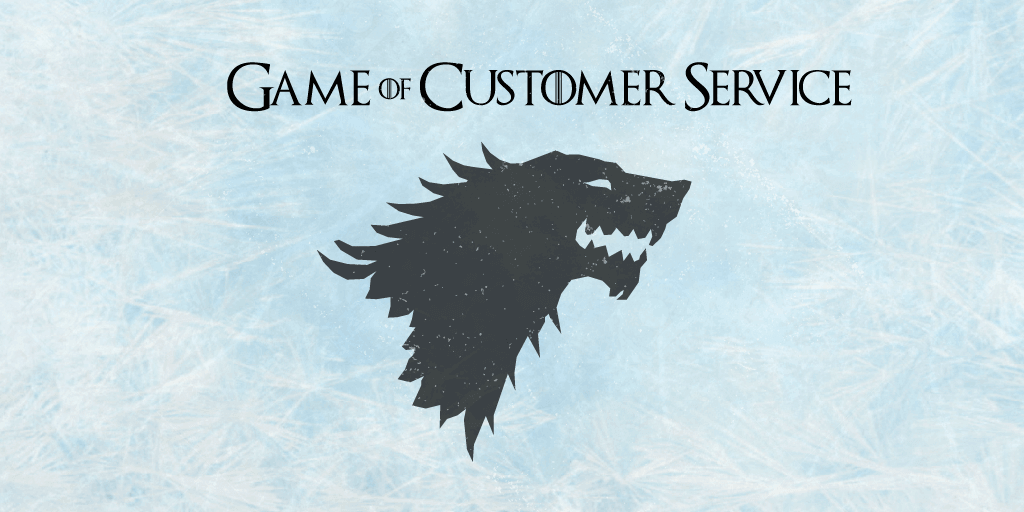Everything that contributes to customer’s feelings, emotions and perceptions about your company can be seen as part of the customer experience (CX).
This is why when talking about improving your CX strategy, putting the customer front and center is of vital importance. Even though more and more businesses realize the significance of customer experience, some are still hesitant and don’t fully commit to improving it.
We’ve all heard the famous phrase “you learn from your mistakes”. If you actually recognize the mistake and try to fix it, the phrase rings true.
But you don’t necessarily have to make one in order to learn. That is why in today’s #QminderAsks we decided to list the most damaging CX mistakes to avoid.
My respondents and I will be discussing topics such as:
As I mentioned in the beginning, the main component of customer experience is the customer itself. Which brings us to the first mistake on the list...
1. Neglecting customer feedback

One of the most damaging customer experience mistakes one can make is to ignore and not ask for feedback.
Feedback can be collected from many channels such as on the location of your business, through online questionnaires or social media. Ignoring all these opportunities will make it almost impossible for your business to grow.
“When customers share their story, they’re not just sharing pain points. They’re actually teaching you how to make your product, service, and business better.” // Kristin Smaby
Companies need to realize that customer feedback is one of the principal sources and opportunities for truly understanding your service, recognizing how it benefits your clients and seeing opportunities for innovation and product development.
If you aren't paying attention to customer feedback, you are missing out — and, will feel the burn in the coming years.
The customer experience is increasingly omnichannel — or at least multichannel. This means that you can't rely solely on social media engagement, AdWords click-throughs, or organic traffic.
You need to incorporate customer feedback both offsite and through internal channels (phone center, chatbot, contact form, email, etc.)
Reuben Yonatan, Founder and CEO of GetVOIP
Your customers have the first-hand experience with your brand and may recognize aspects of it, whether the product, service or staff, that could use improvement.
The audiences’ voice offers an important perspective and would be challenging to accurately capture other than through a user’s direct commentary. An individual’s unique experiences are a powerful testimony to your brand and should be considered as important as the feedback from your marketing team.
Jeff Arnett, CEO and Founder of Arnett Credentials
2. Not acting upon the feedback

Many companies take pride in collecting customer feedback. As we’ve mentioned already, gathering customer feedback can be beneficial to your business but if you do not act upon it then it can be considered worthless.
Feedback is a means of improvement. But without action improvement cannot be achieved.
There might be various reasons why businesses don't take action towards the feedback. The suggestions might be tedious or complex. However, this is not an excuse for being idle.
Remember that any of your disregarded actions towards the improvement of customer satisfaction creates an opportunity for your competitors to steal your clients.
“The only way you stay relevant is by adapting to customer needs” // Reuben Yonatan
So, for example, if your customers give negative feedback about long waiting times, instead of looking the other way you should start brainstorming the possible solutions to this problem. Otherwise, they will start looking for alternatives to your company.
If your customers are providing feedback and it is not being replied to, they may feel unappreciated or undervalued.
A ‘We are truly sorry you had a negative experience’ can go a long way in rectifying a less than stellar experience, and a quick note saying, ‘Thank you for your business.’ will keep them coming back.
Jeff Arnett, CEO and Founder of Arnett Credentials
3. Not collecting customer data

There are things that your clients will communicate to you but there can be some room for improvement that customers might not be aware of themselves.
This is why collecting customer data is of high importance. With a data-backed statistics, you will be able to see which processes need improvements and anticipate customer needs.
"Our task is to read things that are not yet on the page.” // Steve Jobs
Solving a problem before it appears will be your best bet to outperform the competition. There are various tools one can use to collect customer data for service enhancement, however, most of the tools are for online services.
When it comes to physical locations, the lack of data collecting options usually results in managers making decisions based on their gut feeling alone.

Qminder is a digital queue management system that provides self sign-in for your customers. Its statistics accurately measure the number of visitors at your location, show their wait times and employee performance which makes it easier to manage a consistent flow of customers, create seamless waiting experience as well as adjust your everyday operations in a way that will yield the best possible customer satisfaction.
4. Not applying the human touch

87% of customers responded that they will be more loyal and increase their business with companies who provide a real human to talk to at the right moment of the customer journey.
Even though automation is an effective tool in terms of saving time and resources, you should be careful to what extent to use it. Automating processes where the human touch is essential means flawing the perfect customer service.

The extremes themselves are bad. And customer experience is NOT an exception. Try to maintain a healthy balance between automation and personalized attention with customers.
Many clients in the case of having a bad experience will prefer to call by phone to make sure that a person can help them even with simple questions that a chatbot would do a better job with.
Cristian Rennella, VP Customer Service & CoFounder of oMelhorTrato
As you’ve heard from our respondent you should always try to find the “Golden Mean” when it comes to automation and customer experience.
However, If you are still doubting which processes should be automated or not, we have an article Customer Service – To Automate, or Not to Automate, That Is the Question dedicated to this topic.
5. Poor customer experience design

If there is one thing you take away from this article, it’s the fact that the customer should always be in the limelight when planning and designing your CX activities.
"Being customer-centric happens by design.” // Annette Franz
One of the ways of becoming customer-centric is through Customer Journey Map, which is a diagram or a set of diagrams that displays the stages of customer’s experience while interacting with a company, from initial contact till the end of the interaction.
It helps you to identify customer’s pain points with your company and facilitates optimizing them. The concept of customer journey mapping concerns both online and offline channels.
As the customer is the center of the customer journey, in one of our previous issues of #QminderAsks, we asked both customers and designers — what were their concerns when visiting a physical service location and how to handle and optimize it.
One thing to keep in mind is the notion of “less is more”. Your main aim is to make every customer interaction with your company as simplistic, intuitive and trouble-free as possible.

Complexity is the killer of good customer experience. That is why you should spare no effort to make the interaction between you and your customer as simple as possible — just like we do at Qminder (wink wink).
However, don’t automatically assume that simplifying things is easy. As Bruce Temkin once said, "Making things simple is often much harder than continuing to make them complex."
If you’re reading this, it means you’ve completed my article (that, or you scrolled to the end). Now, let me put the proverbial money where my mouth is by asking you for... that’s right, constructive feedback.
What topics would you like #QminderAsks to include in its future publications? Are you willing to share your own expertise with us?






